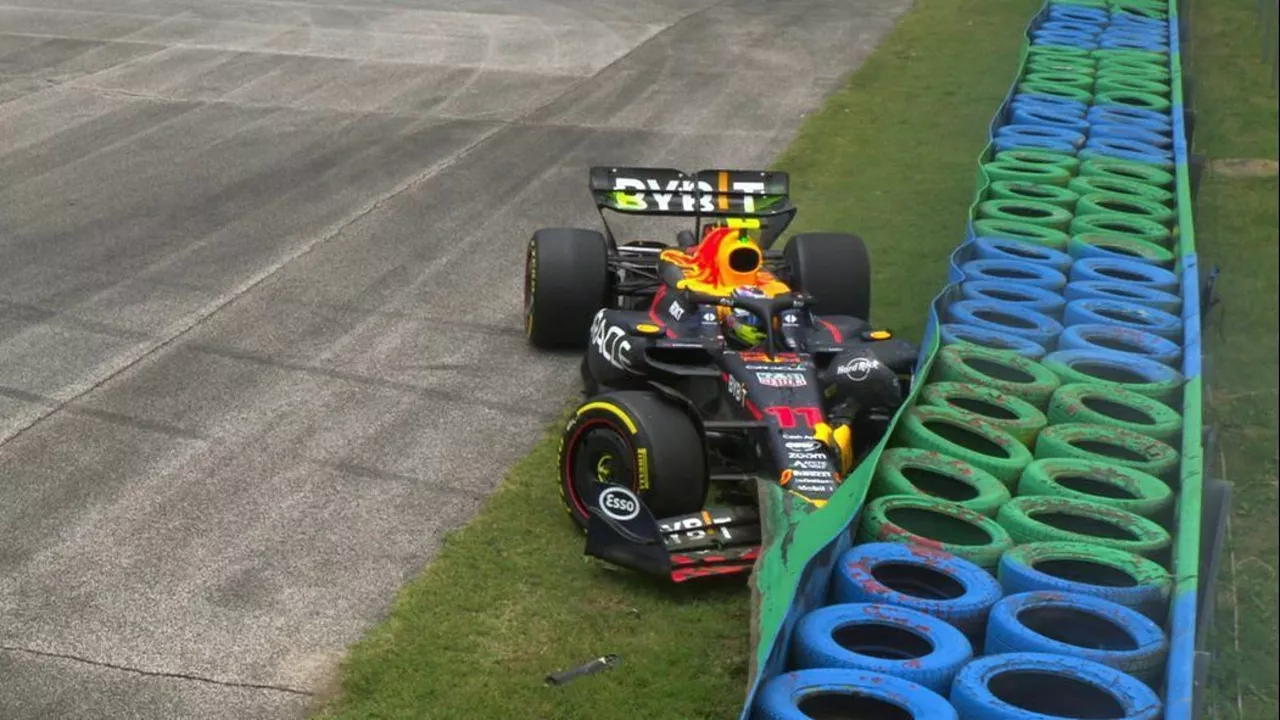Racing Popularity – Why Motorsports Are Booming
Ever wondered why more people are talking about racing these days? It’s not just hype – the sport is actually pulling in new fans like never before. From streaming platforms to street‑legal performance cars, everything is getting a boost. Let’s break down what’s driving this surge and what it means for anyone who loves speed.
What’s Fueling the Rise?
First up, technology. Live streams, on‑demand video, and social media give you instant access to every lap, no matter where you sit. You can watch a Formula 1 race on your phone, follow a local karting event on Instagram, and even join a virtual race league from your couch. The barrier between fans and the track is practically gone.
Second, the cars themselves. Manufacturers are putting more performance tech into road‑legal models – think turbocharged engines, hybrid power units, and advanced aerodynamics. When a new sports car hits the showroom, the excitement spills over into the racing world. People start asking, “Can I drive something like that on the track?” and the answer is often yes, through club events or track‑day programs.
Finally, the community. Racing clubs, fan forums, and meet‑ups are popping up in almost every city. Newbies can volunteer at a local race, meet seasoned drivers, and pick up tips without spending a fortune. That sense of belonging turns casual viewers into regular participants.
How You Can Join the Trend
Want to feel the rush without breaking the bank? Start small. Look for go‑karting leagues – they’re cheap, easy to join, and give you a real feel for racing lines and braking points. Many tracks also offer “pay‑track” days where you can bring your own car and get a few laps under professional guidance.
Next, get online. Follow a few YouTube channels that break down race strategy in plain English. Channels that show data analysis with simple graphics can teach you the basics of tire wear, fuel mapping, and cornering forces without overwhelming jargon.
If you have a car that can handle a bit more power, consider a weekend track day. Most circuits run intro courses that walk you through safety checks, basic setup, and etiquette. You’ll learn why a few extra pounds of weight on the front axle change grip, and you’ll get to test those lessons on real pavement.
Lastly, think about volunteering. Event staff need people to help with timing, pit lane safety, and even media coverage. Volunteering gives you backstage access, a chance to meet sponsors, and often a free pass to watch the action up close.
All these steps add up to a bigger picture: racing isn’t just a sport for the elite; it’s a growing culture that anyone can tap into. As more fans discover the thrill, the whole ecosystem – from car makers to sponsors – gets a boost. That means better events, more content, and even lower entry costs over time.
So whether you’re watching a Grand Prix on TV, trying out a kart for the first time, or just daydreaming about a faster commute, you’re part of the racing popularity wave. Ride it, learn from it, and enjoy the ride.
